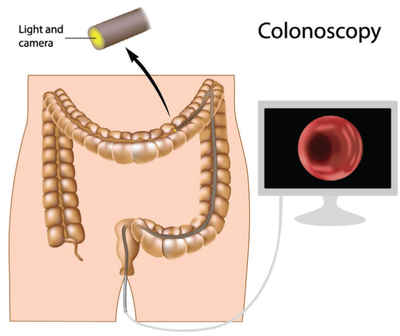Colorectal cancer is the cancer of the colon (large intestine) and the rectum (the passageway connecting the colon to the anus). Colorectal cancer is the most common cancer affecting both males and females in Singapore, with over 2,000 cases per year*.
Colorectal cancer can affect both men and women. Regular screening can often detect colorectal cancer early, when it is most likely to be curable. Colorectal cancer is preventable. Nearly all cases of colorectal cancer
develop from polyps. Detection and removal of polyps through colonoscopy
prevent the development of cancer. Screening for colorectal cancer saves lives.
You are at high risk if you have a family history of cancer or polyps or if you have a history of inflammatory bowel disease. Even if you have no symptoms and are not considered high risk, national guidelines recommend that you go for annual screening from 50 years of age. If you are at high risk, a colonoscopy at a younger age and at more frequent intervals may be needed. Please consult your doctor for advice. There are several tests that examine the colon and rectum and
are used to find and diagnose colorectal cancer. These tests are:

Faecal Immunochemical Test (FIT): A test to check stool for blood that can only be seen with a microscope. Small samples of stool are placed on special cards and returned to the doctor or laboratory for testing. The FIT is a quick and convenient screening test to detect early stages of colorectal cancer. Those with positive FIT will go through colonoscopy to rule out cancer.
Colonoscopy: This procedure allows examination of the whole colon for polyps, abnormal area or cancer. A colonoscope (a thin, tube-like instrument with a light and a camera for viewing) is inserted through the rectum into the colon and allows the doctor to view the inside of the entire colon.
Flexible Sigmoidoscopy: This procedure examines the rectum and the sigmoid (lower) colon for polyps, abnormal areas or cancer. A flexible, thin, tube-like instrument with a light and a camera for viewing is inserted through the rectum into the sigmoid colon. It allows the doctor to view the inside part of the left side of the colon.
For more information about Colorectal Cancer, click here.
*Source: Singapore Cancer Registry Annual Report 2018: Singapore Cancer Registry 50th Anniversary Monograph 1968-2017
